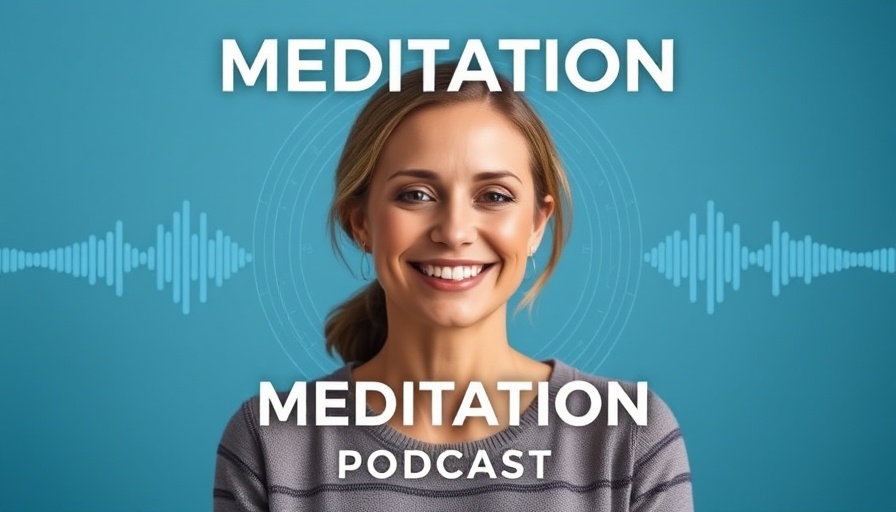
Finding Your Inner Anchor
Life can often feel chaotic, especially for married parents in bustling Denver, who juggle family responsibilities, work challenges, and the need for personal care. Amid this whirlwind, it is crucial to cultivate an anchor of inner strength that we can return to in times of uncertainty. This meditation can serve as a tool, helping you ground yourself, appreciate the present, and foster gratitude.
Bringing Awareness to the Present Moment
Begin by creating a comfortable space where you can sit or lie down. Close your eyes gently and take several deep breaths. As you inhale, feel your body fill with air, and as you exhale, allow any worries or stress to melt away. This simple practice of focusing on the breath allows your mind to pause, relieving mental fatigue and inviting a sense of calmness into your busy life.
Nurturing Gratitude as a Practice
Gratitude can act as your emotional anchor. Reflecting on the things you're grateful for—be it the love of a partner, the laughter of children, or even the simple comfort of a home—can create a powerful shift in perspective. What do you appreciate about your life right now? By tuning into this feeling, you open the doors to resilience and emotional strength that you can draw upon during tougher moments.
Embrace Calm in Daily Life
Calmness nurtures inner peace, especially in challenging times. Picture a serene sunset or a tranquil lake; allow the sensations associated with calmness to wash over you. This visualization can enhance your ability to summon feelings of peace, even when life feels overwhelming. Teach yourself to revisit this calm place whether you're at home with the kids or tackling deadlines at work.
Physical Embodiment of Inner Strength
To further embody these aspects of inner strength and calm, gently squeeze your fist as you tap into the feeling of gratitude. This small gesture serves as a physical reminder that you can carry gratefulness with you into your daily tasks. Consider this practice when you're faced with difficult moments—a physical signal to remind yourself of your strength and what you value in life.
The Power of Sharing Your Practice
Discussing efforts you’ve made to cultivate this practice with your partner or friends can create a supportive network. Share with them the moments you felt grateful and how it has impacted your mindset. By integrating mindfulness within your daily family interactions, you foster a collective sense of inner strength that benefits all.
Your Path Forward
Stepping into your daily life with a sense of gratitude and calm not only enhances your own mental health but also permeates into your family dynamics. The healthier your mental space, the more positively it will affect your overall family environment. So, allow these practices to intertwine with your family routines, encouraging everyone to share gratitude and calmness together.
Let this meditation serve as a beacon of strength. When life gets overwhelming, remember that this anchor is always within reach. By taking a few moments to reconnect with your inner peace and strength, you can navigate the uncertainties of family life more gracefully.
 Add Row
Add Row  Add
Add 




Write A Comment